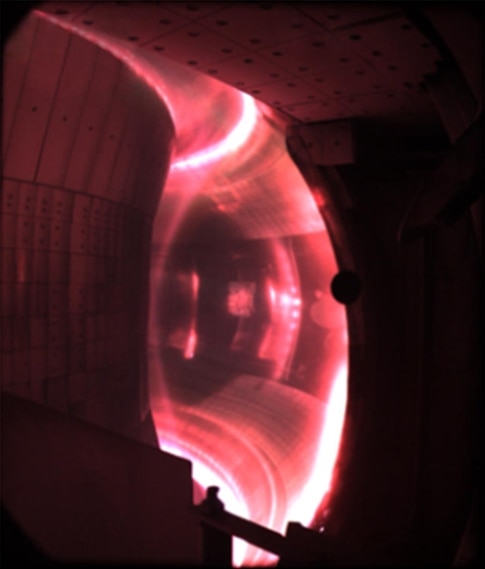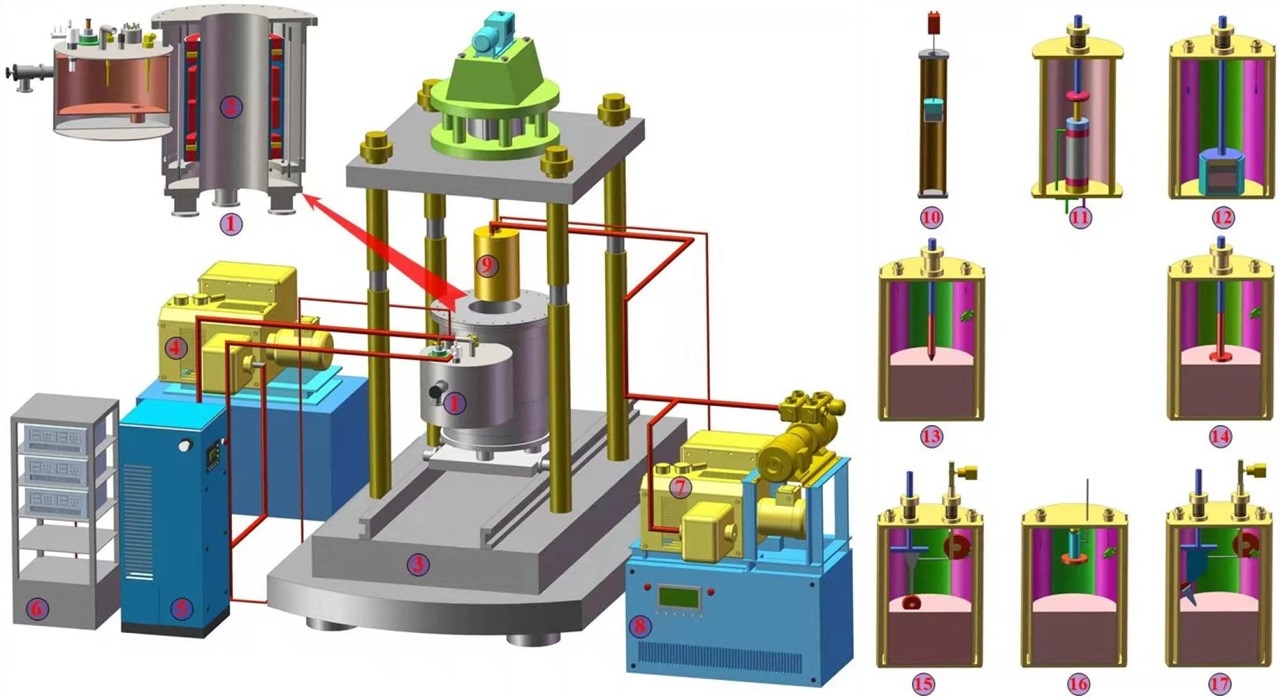
China’s artificial sun reached 158 million degrees Fahrenheit for 17 minutes and 36 seconds. (Image Credit: Wikimedia Commons)
China set a ground-breaking record with its “artificial sun,” which superheated plasma to temperatures five times hotter than the sun. The Experimental Advanced Superconducting Tokamak (EAST) nuclear fusion reactor reached 158 million degrees Fahrenheit for 1,056 seconds (17 minutes, 36 seconds). This latest breakthrough brings the country one step closer toward its goal for unlimited clean fusion energy.
China’s EAST surpassed France’s Tore Supra tokamak record, set in 2003 when it superheated plasma in its coiling loop to identical temperatures for 390 seconds. Also, in May 2021, EAST set another record by running at 216 million F for 101 seconds. The fusion reactor achieved a peak temperature of 288 million Fahrenheit for 20 seconds during this experiment. In comparison, the sun’s core reaches approximately 27 million Fahrenheit.
For over seventy years, scientists have attempted to produce nuclear fusion power, an extremely challenging achievement. A tokamak, the main part of a fusion reactor’s design, superheats plasma before isolating it within a donut-shaped reactor chamber containing powerful magnetic fields. However, ensuring that both the turbulent and superheated plasma coils stay in place long enough to generate nuclear fusion has been a long and challenging process.
The EAST, which started in early December, runs until June and is expected to cost over $1 trillion. It’s also testing out technologies for the International Thermonuclear Experimental Reactor (ITER) under construction in Marseille, France.
China also has two other tokamaks in operation. The HL-2M tokamak fusion reactor, which started operating last December, is in Chengdu, southwest China. Meanwhile, the third one is located in the central city of Wuhan. China is pursuing more programs to generate nuclear fusion power and plans to construct a new tokamak by the early 2030s.

China developed a moon simulator that can help advance research for future lunar missions. (Image Credit: Mike Petrucci/Unsplash)
China also developed a research laboratory in Xuzhou, Jiangsu, to mimic the moon’s low-gravity environment. The facility could contribute to lunar explorations, providing new research opportunities. The simulator, powerful enough to magnetize and levitate objects, is expected to be fully operational in the next few months.
The simulator features a vacuum chamber housing a 60 cm mini-moon. It also contains rocks and dust that are as lightweight as the ones on the moon. The Xuzhou facility can also help with China’s future lunar missions. Scientists can use it to test equipment in a moon-like simulation, where rocks and dust may behave differently compared to Earth’s environment.

The vacuum chamber houses an artificial moon with dust and rocks to mimic conditions on the lunar surface. (Image Credit: Li Ruilin, China University of Mining and Technology)
This simulator could test technology to determine if it’s possible to 3D print structures on the moon’s surface. It has the potential to be used to assess whether human settlements can be constructed there as well. However, simulating the moon’s environment on Earth was a difficult accomplishment because the magnetic force is powerful enough to rip apart components, including superconducting wires. On top of that, the vacuum chamber requires a lot of metallic components, which fail to operate properly near a powerful magnet.
The team replaced steel with aluminum in some key components and simulated lunar dust that floats more easily in the magnetic field, helping to solve those issues.
Have a story tip? Message me at: http://twitter.com/Cabe_Atwell
